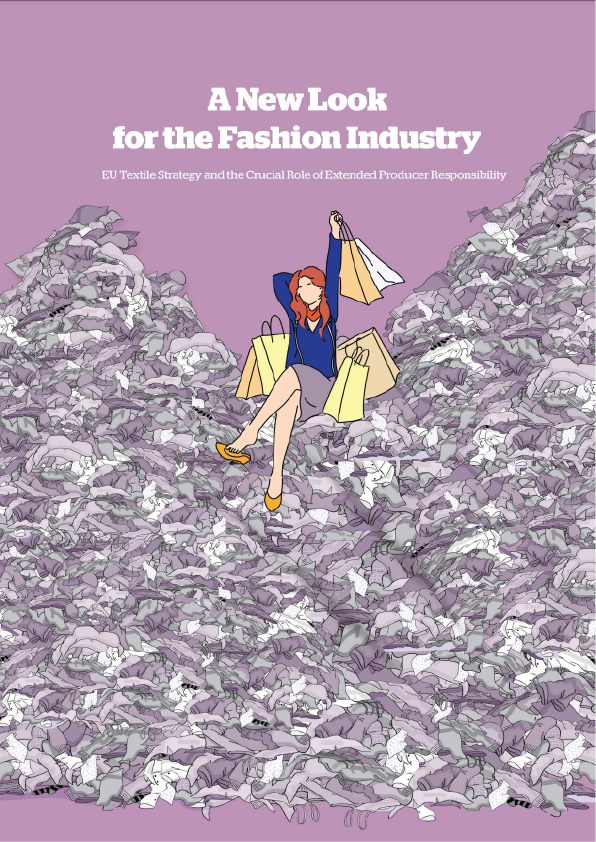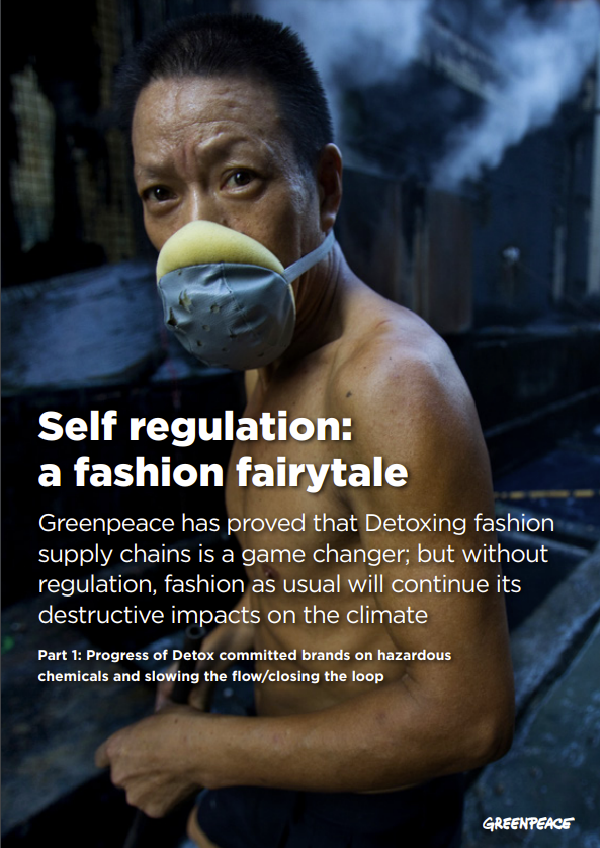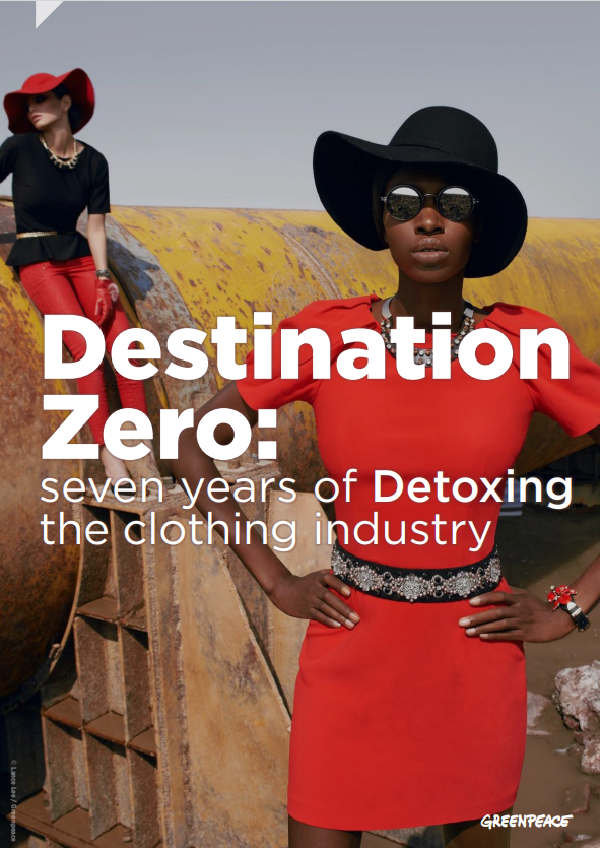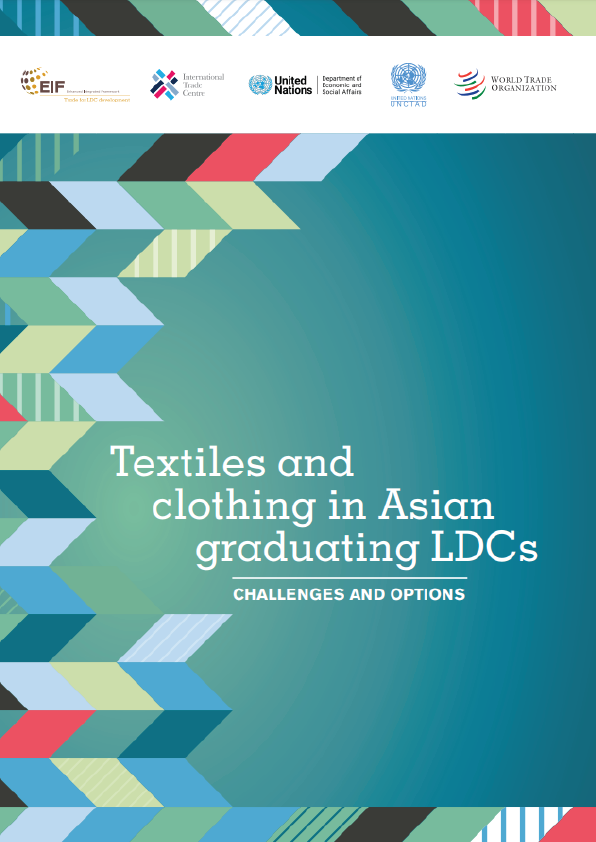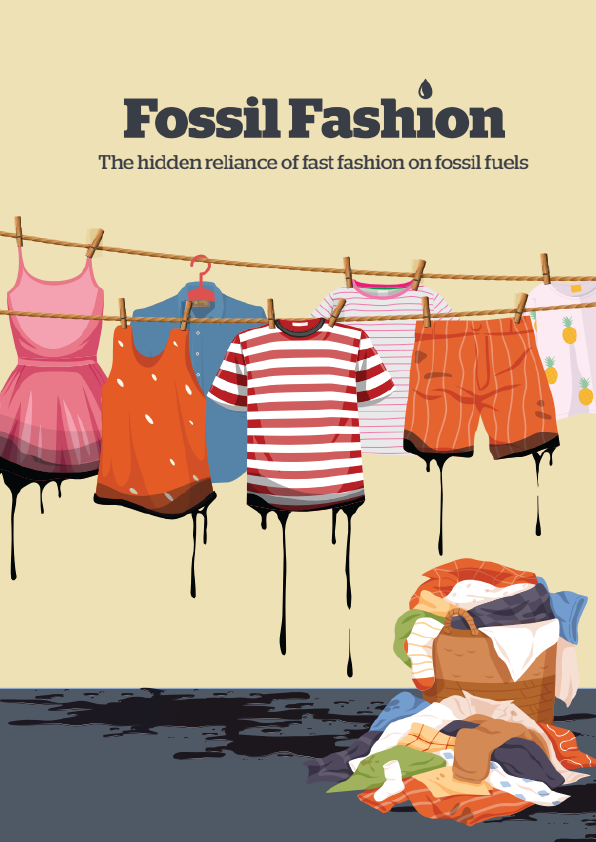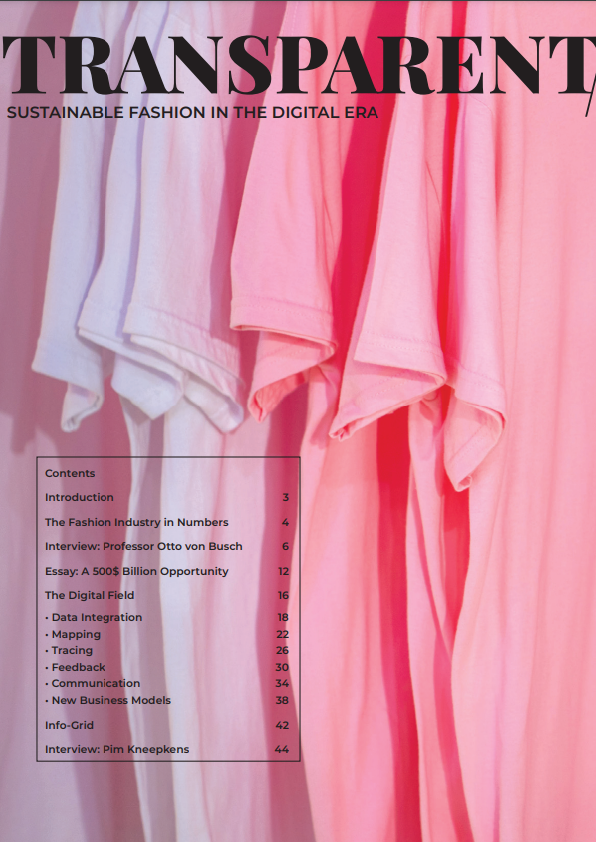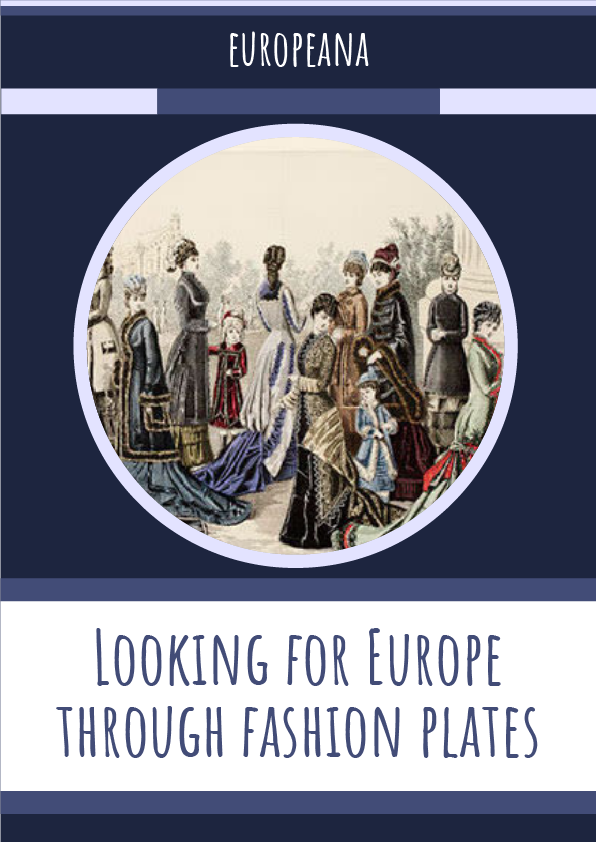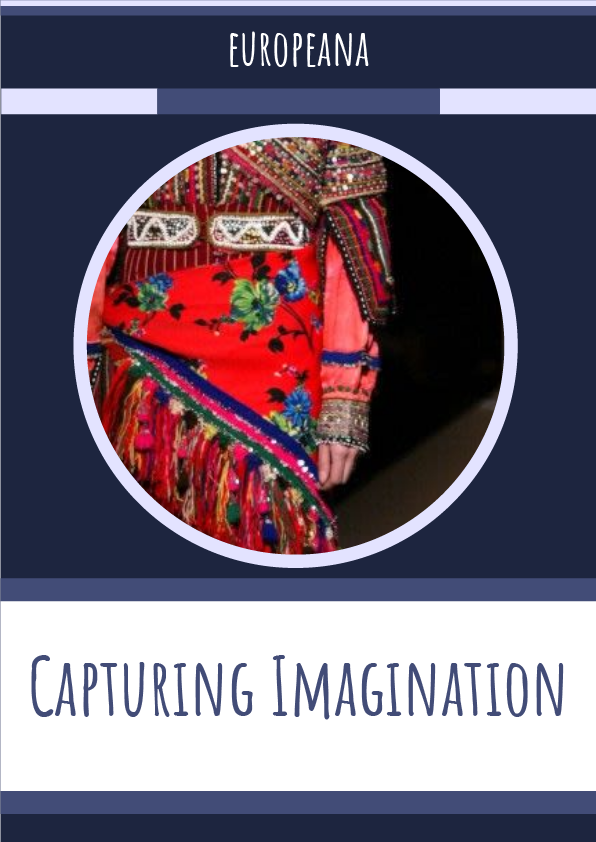Fashion’s ugly waste problem
Since the early 2000s, fashion production has doubled and is expected to nearly double again in the next decade.1 We are buying 60% more clothing than 15 years ago, but keeping it for half as long,2 amounting to one garbage truck of textile waste per second being landfilled, incinerated or dumped in nature,3 causing a waste problem which dwarfs the systems we have in place to manage it, and places an enormous burden of pollution on lowand- middle-income countries to which this waste is often exported. This overproduction is only possible because of the industry’s heavy reliance on cheap, fossil fuel derived synthetic fibres, which represent 69% of all fibre production.4 Cheap synthetics allow brands to sell cheap clothing, for people to buy more of it and more readily discard it when fashions change or when low quality garments wear out.
Yet the over-reliance on cheap synthetics is also entrenching the linear business model of the textile sector. A staggering 87% of all clothing material is lost from the system in some way: the majority is burnt or landfilled, with the rest accounted for by reprocessing losses, losses during collection, microfibre release and ‘overstock liquidation’. When downcycling is taken into account, for uses such as stuffing, rags and insulation after which the material is usually landfilled or incinerated, this figure rises to 99%. Closed loop fibre-to-fibre recycling is miniscule, with recycled fibres produced from clothing waste representing between 0.1% and 1% of the material used in new products, either from offcuts during processing or as post-consumer waste.5 Much of this is due to the technical difficulty of recycling synthetics and complex blends.
There is a shocking lack of accountability for these issues by the fashion industry, which remains one of the most lightly regulated in the world. Unlike many other sectors, they are not responsible for their waste. One of their main sustainability policies has been to rely on the waste of another sector by using recycled polyester from PET bottles – 85% of fashion brands told Changing Markets that this false solution is one of their main sustainability policies.
How can EPR address the waste crisis?
The upcoming EU Textile Strategy represents an important opportunity to put the fashion and wider textile production industries on a more circular trajectory, and Extended Producer Responsibility (EPR) schemes are central to this transition. By going beyond conventional understandings and applications of EPR, policymakers have an opportunity to ensure producers are truly held responsible for the wasteful products they put on the market and are encouraged to switch to more circular production systems.
An EPR scheme is a regulatory measure which involves setting fees so companies pay for the costs associated with the end-of-life management of their products. To date, this mechanism has mostly been applied to packaging and electronics. Now, EPR is expected to be a key legal instrument put forward in the coming weeks in the European Commission’s EU Strategy for sustainable textiles. EPR is a key mechanism by which the polluter pays principle, enshrined in Article 191(2) of the Treaty on the Functioning of the European Union, can be operationalised. By putting in place EPR, end of life costs will be borne by producers, rather than municipalities, and by extension, citizens, as is currently the case. It will also lead to equity by ensuring that people who consume the most fashion (around 27% of consumers7) pay for the cost of waste.
To explore how EPR can address the waste crisis, we have commissioned a study ‘Driving a Circular Economy for Textiles through EPR’ from consultancy group Eunomia Research & Consulting.8 This section of the briefing presents the key findings of this study.
a. Fees that drive real change
EPR schemes for textiles must be more than pricing exercises where producers pay for the cost of waste management. The ‘polluter pays’ principle must be respected, but EPR schemes that simply allow brands to ‘pay to pollute’ for a small fee run the risk of propping up the status quo – the fees should be sufficiently high to cover the full costs of collection and to meet targets for reuse and recycling. EU already has legislation in place for separate collection of textile waste by 2025. EPR schemes should support this by making sufficient collection points available so that collection truly serves the whole population and not just people living in cities.
The fees should also be designed in a way to drive change in product design. Regulators can incentivise the uptake of certain products and practices through modulating fees on certain environmental criteria, such as durability and recyclability. In this way, companies that sell non-recyclable products (currently around a third of everything on EU the market9) will pay higher fees. Eunomia’s report presents several ways in which eco-modulation could be optimised and highlights that eco-modulation should be set at the EU level.
b. Set performance targets that respect the waste hierarchy
A circular economy does not mean a recycling economy, and EPR schemes should respect the waste hierarchy and always prioritise waste prevention and re-use over recycling. This can be achieved through integrating minimum targets on prevention and re-use set at the EU level. Waste prevention could also be supported with minimum criteria on durability and repair. The reuse sector must be protected and retain access to used textiles. Recycling targets should be set as a proportion of material that is not reused, in order to comply with the waste hierarchy. However, when clothes are sent for reuse to third countries, it is essential that they are properly sorted to ensure that any low quality textile (that is essentially waste) is retained in the EU and, if possible, recycled or properly disposed of. Recent investigations have revealed that textile export destination countries are burdened with the waste problem: for example in Ghana 40% of all textile that is sent to the country’s second-hand market is waste.10
c. Support closed-loop recycling, instead of downcycling
It is vital that EPR schemes have the correct incentives to encourage recycling of clothes back into clothes and not false circularity, for example by using polyester from recycled plastic bottles. Targets for EPR schemes set at the EU level will be essential in order to drive improvements to used and waste textiles management in Member States. Eunomia’s study recommends specific targets for collection, preparation for reuse and recycling, which should be periodically reviewed to ensure that they are sufficiently ambitious. Currently, open-loop recycling (such as the recycling of clothing into rags and insulation material) is the principle means through which recycling takes place. This supports a reduction in materials going to disposal and reduces the use of virgin material in these products. However, closed-loop recycling (such as clothing-to-clothing recycling) and associated targets will be required to support a truly circular economy for textiles. As such, targets must evolve in a stepwise manner to steadily increase the proportion going to closed-loop recycling.
These measures can also be supported through eco-design requirements, for example, fibre-to-fibre recycling could be supported by introducing an obligation to include a small percentage of recycled materials from old textiles in new products placed on the market. Eco-modulated fees could also incentivise increased recyclability to ensure that the loop is continuous and to ensure that non-recyclable textiles pay a higher fee.
To understand more about the topic, you can read through the book above.
